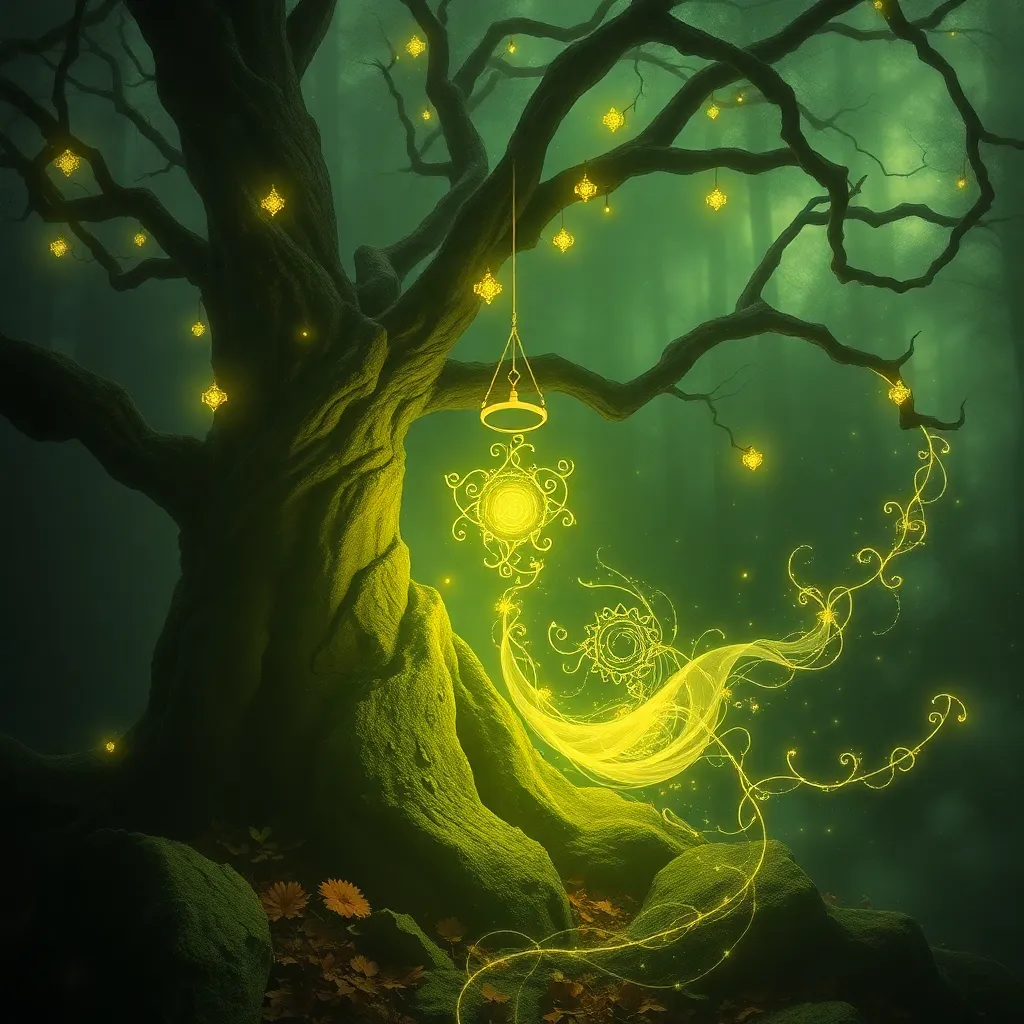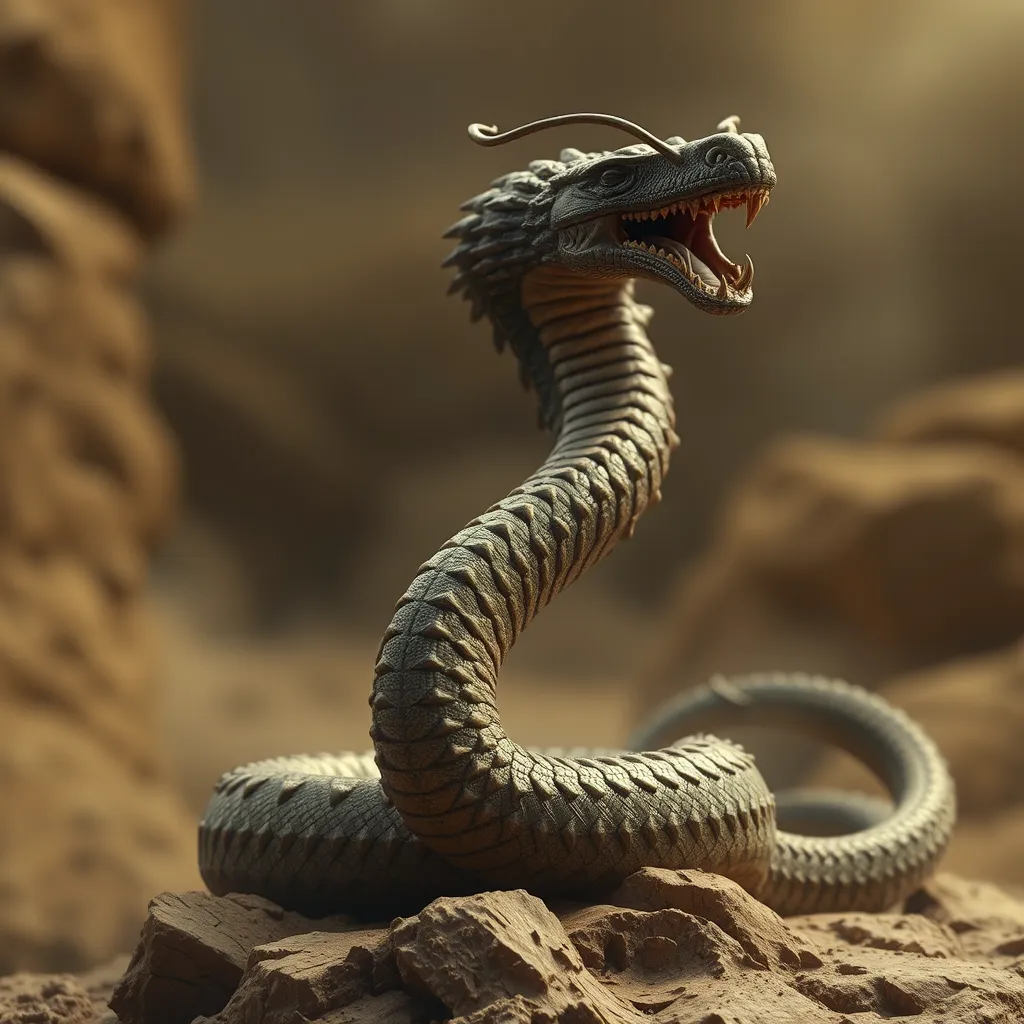Chupacabra and the Family: A Myth of Parental Fear and Protection
I. Introduction
The Chupacabra, a creature that has captivated the imaginations of many, is often described as a blood-sucking monster that preys on livestock, especially goats. This myth, which originated in Latin America, has transcended borders and become a symbol of fear and intrigue. As a cultural phenomenon, the Chupacabra embodies deeper themes, particularly those surrounding parental fear and protection. It is within this context that we explore the significance of the Chupacabra myth in relation to family dynamics.
II. The Origins of the Chupacabra Legend
The Chupacabra legend first emerged in Puerto Rico in the mid-1990s, following a series of mysterious livestock deaths. Witnesses reported sightings of a creature with spines along its back, resembling a reptile or a strange dog. As news spread, the Chupacabra became a sensation, inspiring countless stories, reports, and even hoaxes.
Over time, the myth has evolved, branching out into various interpretations and descriptions. Some view it as a manifestation of environmental anxieties, while others see it as a reflection of societal fears regarding the unknown. The Chupacabra taps into a collective consciousness, revealing the anxieties of communities grappling with change and uncertainty.
III. Chupacabra as a Symbol of Parental Fear
Parental fear is a universal experience, often rooted in the desire to protect one’s children from harm. The Chupacabra serves as a poignant symbol of these fears, embodying the anxieties parents face in safeguarding their families. The creature’s nocturnal nature and predatory behavior resonate with the instinctual fears of parents, who often worry about dangers that lurk unseen.
Numerous narratives have emerged where parents invoke the Chupacabra to instill caution in their children. For instance:
- Nighttime warnings: Parents might tell children to come home before dark to avoid the Chupacabra.
- Safety lessons: Stories of the Chupacabra can be used to teach children about being aware of their surroundings.
These narratives not only serve to entertain but also to educate, reflecting how fear can be harnessed for protective purposes.
IV. The Protective Instinct: How Myths Shape Parenting
Myths, like the Chupacabra, often function as cautionary tales that guide behavior and values within families. They serve as storytelling tools that help parents navigate complex issues while fostering a sense of safety and security for their children.
In many families, storytelling becomes a bonding experience, where tales of the Chupacabra are shared during gatherings. This creates a shared cultural narrative that reinforces familial ties. The Chupacabra myth also acts as a protective mechanism, reminding children of potential dangers while emphasizing the importance of caution and vigilance.
V. Cultural Interpretations of the Chupacabra
The Chupacabra myth has transcended its Puerto Rican origins, taking on various forms in different cultures. In some regions, it is depicted more as a mischievous spirit, while in others, it is portrayed as a malevolent force. These variations often reflect local fears and concerns, showcasing how cultural backgrounds shape parental worries.
Some notable cultural interpretations include:
- In Mexico: The Chupacabra is often linked to agricultural fears, symbolizing the anxiety over crop and livestock losses.
- In Texas: Reports of the Chupacabra have sparked debates about immigration and border security, intertwining local fears with broader societal issues.
Through these interpretations, the Chupacabra becomes a tool for community bonding, as shared fears and stories bring people together, fostering a sense of belonging.
VI. Modern-Day Implications of the Chupacabra Myth
In the digital age, the Chupacabra continues to capture public interest, appearing in various media formats, including films, documentaries, and television shows. This resurgence in popularity indicates that contemporary concerns often mirror historical fears. The myth serves as a reminder of the anxieties surrounding parenting in a changing world.
Social media platforms have also played a significant role in the dissemination of Chupacabra stories, allowing for real-time sharing of sightings and myths. This has led to:
- Increased fascination: The Chupacabra has been transformed into a pop culture icon, featured in memes and online discussions.
- Community engagement: Forums dedicated to folklore and urban legends allow parents to connect over shared fears.
The relevance of the Chupacabra myth in modern society highlights the enduring nature of parental fears and the protective instincts that drive them.
VII. Conclusion
In summary, the Chupacabra is more than just a folkloric creature; it is a significant figure in the narratives surrounding family dynamics. The myth encapsulates the balance between fear and protection, illustrating how parental anxieties can shape stories that both caution and connect families. As we reflect on the lasting impact of the Chupacabra myth, it becomes clear that myths serve as essential tools for understanding the complexities of parenting and the innate desire to protect our loved ones.
VIII. Further Reading and Resources
For those interested in exploring the Chupacabra myth further, consider the following resources:
- Books: “Chupacabra: The Beast of the Americas” by Benjamin Radford
- Articles: “The Cultural Significance of Mythical Creatures” in various folklore journals
- Community forums: Websites like Reddit’s r/cryptids for discussions on folklore and family dynamics
These resources can provide deeper insights into the Chupacabra myth and its implications for understanding parental fears and protective instincts.



